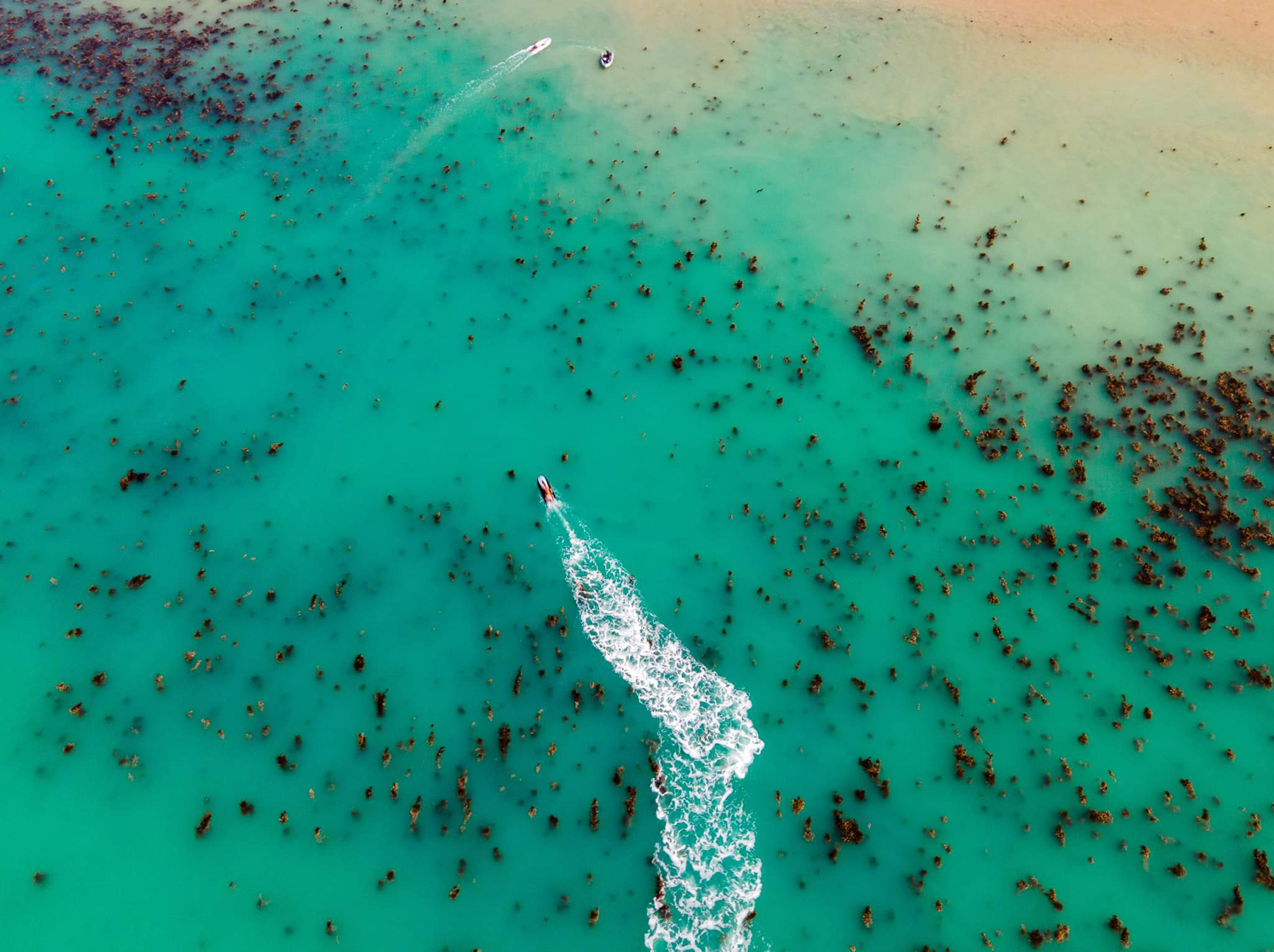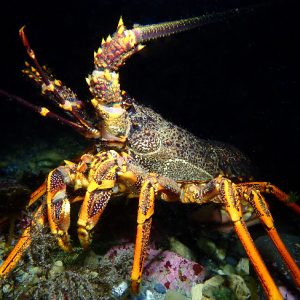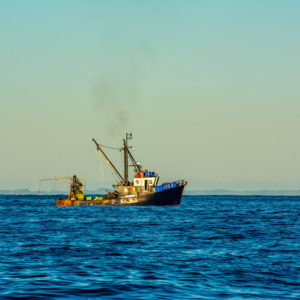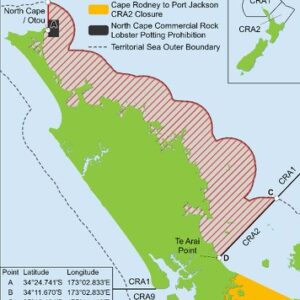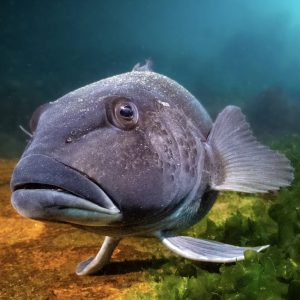From Mahurangi Matters, August 2025.
There was a time when packs of crayfish marched in their thousands from East Cape up the northeast coast. The seafloor hidden beneath a moving mass of antennas and limbs – a magnificent sight.
Today these marches are rare. Instead, red rock lobster populations across east Northland are at crisis point. These once prolific fisheries are so depleted the public are now expected to pay the price for gross mismanagement. Drastic measures are required to bring them back from the brink.
As Milton Friedman said “Only a crisis – actual or perceived – produces real change”. This crisis is real and has been brewing in northern waters for decades. Despite radical catch limit reductions in 2018, the cray population in parts of the Hauraki Gulf is still under pressure.
In response to the crises, Fisheries NZ has commenced consultation on the future management of crayfish in Northland, the wider Hauraki Gulf and Bay of Plenty. The options are harsh, reflecting the reality we face.
The proposals include seasonal or full closures for recreational and commercial harvest of red rock lobster on the east coast of Northland from around North Cape to Te Arai Point. Closer to home, there’s a potential closure in the Gulf between Te Arai Point and Cape Rodney.
And wait there’s more. There are also options to cut the recreational daily bag limit for red rock lobster in parts of the Hauraki Gulf, Coromandel and Northland, and a nationwide reduction from 6 to 3 for packhorse rock lobster.
These proposals follow the Minister’s decision earlier this year to close the inner Gulf to all recreational and commercial harvest of red crayfish. This small area closure is too little too late and won’t solve the crisis. There is already minimal commercial or recreational cray fishing in the inner Gulf due to depletion and very slow recovery.
In 2016, scientists described crayfish in the Gulf as “functionally extinct” because so few remained that crayfish could no longer play their vital role in the ecosystem.
After several legal challenges, it’s clear that fisheries managers and the Minister for Oceans and Fisheries can no longer ignore the lack of predators, like large snapper and crayfish. This has contributed to the explosion of kina populations, now devouring kelp forests and leaving behind barren habitats.
It’s inescapable that the Minister must consider the wider effects of fishing on the marine environment and all creatures affected by that activity. Removing thousands of crayfish every year for live export to China has a significant impact on the marine ecosystem.
Ultimately, the Minister has a statutory duty to prioritise the restoration of crayfish abundance in our coastal waters to meet the needs of current and future generations.
The New Zealand Sport Fishing Council and LegaSea are reviewing the crayfish management proposals and will be submitting in response by 22 September.
If you’re a keen fisher or care about the future of our marine environment now is the time to speak up. The LegaSea team is putting together an easy online submission tool where you can make your voice heard.
To stay informed and keep up to date about what the proposals mean for us and the marine environment, subscribe to receive LegaSea newsletters.
